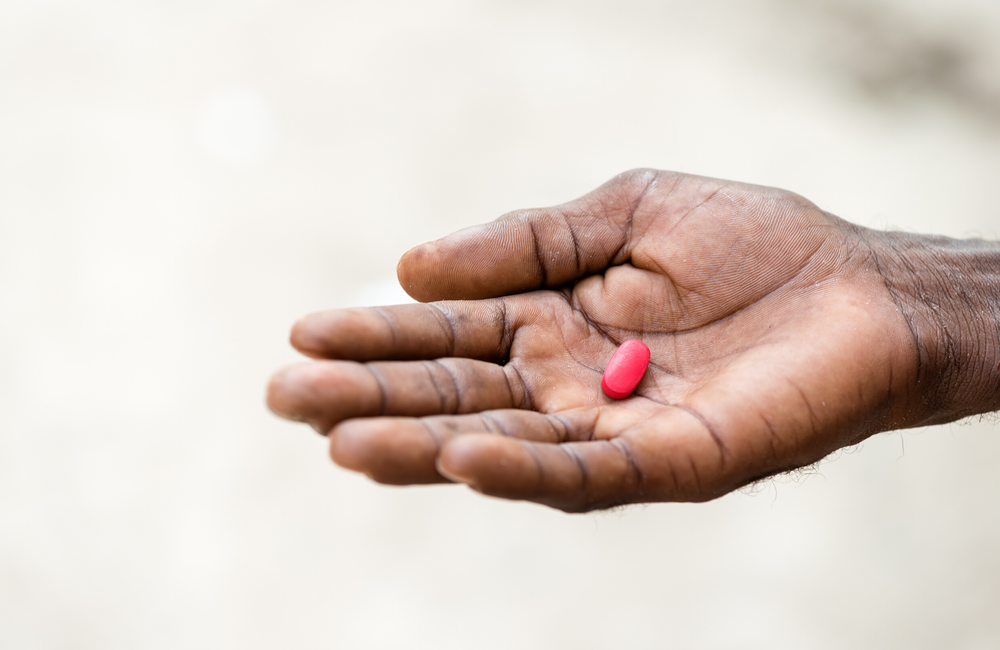
Offering statins to people with HIV to lower the risk of heart disease poses particular challenges for low- and middle-income countries and requires investment in order to deliver the benefits identified in a large international clinical trial of the drugs.
In a commentary published in December 2023 in Clinical Infectious Diseases, physicians from the United States and South Africa ask how the results of the REPRIEVE study will change clinical practice in low- and middle-income countries.
The REPRIEVE study randomised 7769 people with HIV who had a low-to-moderate risk of heart disease to receive daily treatment with pitavastatin or a placebo. The study was stopped after a median follow-up of five years after an interim analysis showed that pitavastatin reduced the risk of a major cardiovascular event – stroke, heart attack or any form of heart surgery – by 35%.
The findings were hailed as a major breakthrough in the management of heart disease in people with HIV. The British HIV Association moved quickly to recommend statin treatment for all people with HIV over the age of 40.
But the findings raise questions in other regions of the world, where implementing an offer of statin treatment for all people with HIV may not be straightforward.
One of the major questions raised by REPRIEVE is whether the risk reduction applies equally across all regions. When the study findings were analysed by region, the risk reduction was significant in high-income countries (-33%) and in south Asia (-81%) but non-significant in other regions of the world. The rate of cardiovascular events was lower in the control groups in south-east Asia and sub-Saharan Africa compared to other regions, which means that it would have been more difficult to show a difference between the control group and the treatment group.
And although the risk reduction was large in south Asia, the number of study participants in this region (504, or 6.5% of all trial participants) means that confidence intervals for this estimate are very wide (-0.04, -0.85).
But as the study was not powered to detect regional differences, more research is needed to understand whether people with HIV in all regions of the world would benefit similarly from statins.
Moving from evidence to implementation may prove challenging in many low- and middle-income settings. Preventive interventions for cardiovascular disease are under-used in low- and middle-income countries. An analysis of health surveys carried out in 41 countries between 2013 and 2019 showed that fewer than one in ten people eligible for statin treatment for primary prevention of heart disease were taking the drugs.
The severe lack of statin treatment is matched by limited screening for diabetes and a lack of management of high blood pressure. In 2018, only one country in four in sub-Saharan Africa had a national framework for managing hypertension, despite a higher prevalence of high blood pressure in Africa compared to high-income countries.
In its 2018 list of ‘best buys’ for prevention of non-communicable diseases, the World Health Organization recommended funding drug treatments to manage diabetes and hypertension but did not find statin treatment affordable.
In their commentary, Dr Jennifer Manne-Goehler and colleagues highlight the need for donors who support HIV treatment programmes to consider the investment case for funding statins for primary prevention. One key step towards funding statin treatment would be inclusion of the drugs in the Global Fund’s Prioritization Framework for Supporting Health and Longevity in PLHIV.
Integrating statin treatment into HIV treatment programmes should not prove resource intensive. The REPRIEVE study showed that the benefit of statins was evident regardless of baseline lipid levels. This means there is no need for lipid screening. Cardiovascular risk assessment is not needed either, which means that statin treatment could be initiated in the same way as antiretroviral treatment, by nurses.
“The question remains as to whether we will seize the opportunity that REPRIEVE offers to examine integrated HIV and cardiovascular disease care in low- and middle-income countries with the highest burden of HIV or whether we will look back 10 years from now on REPRIEVE as a call to action that ultimately went unanswered,” the authors conclude.
Manne-Goehler J et al. From evidence to effectiveness: implications of the randomized trial to prevent vascular events in HIV study for people with human immunodeficiency virus in low- and middle-income settings. Clinical Infectious Diseases, published online 8 December 2023.

